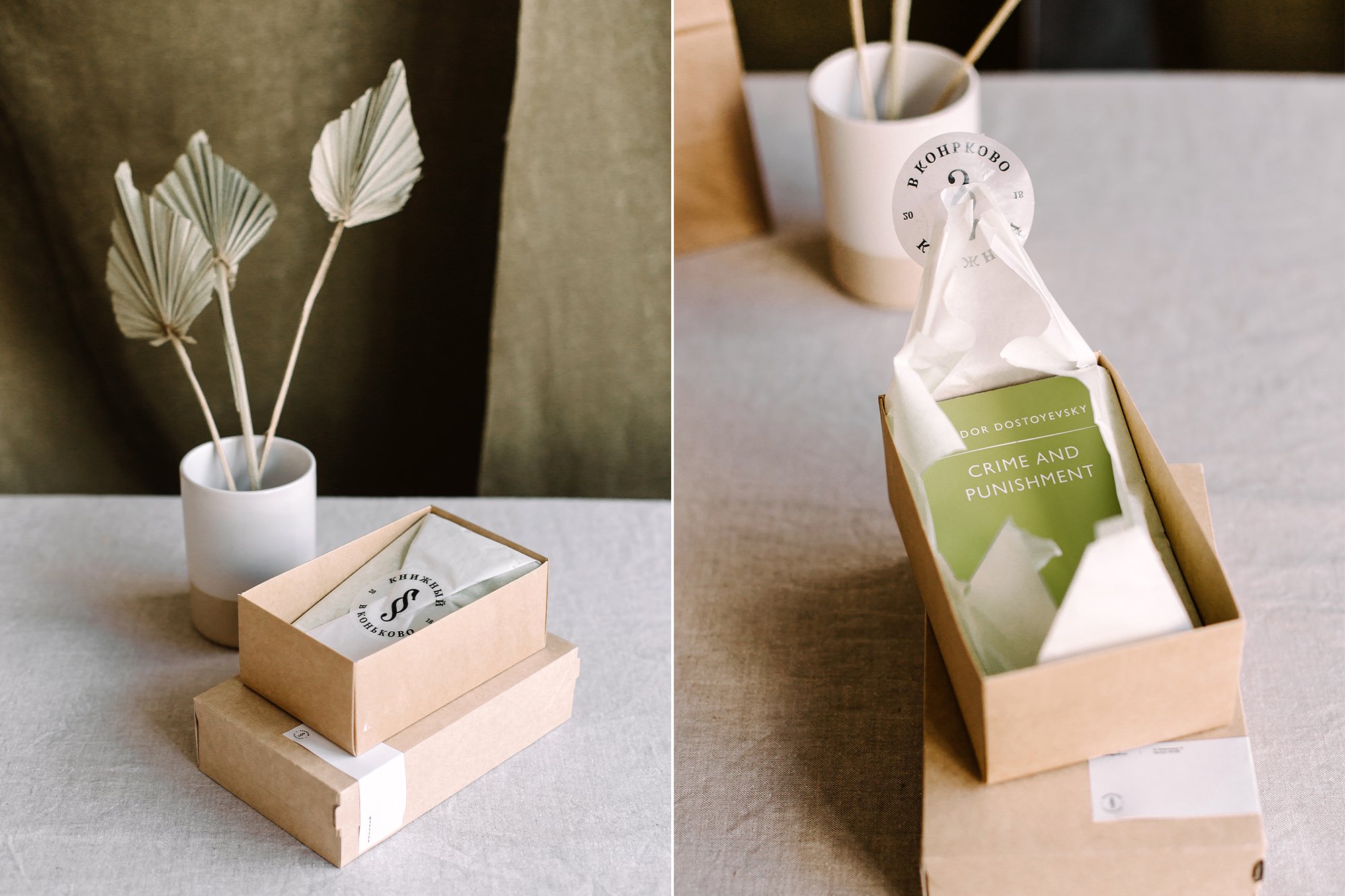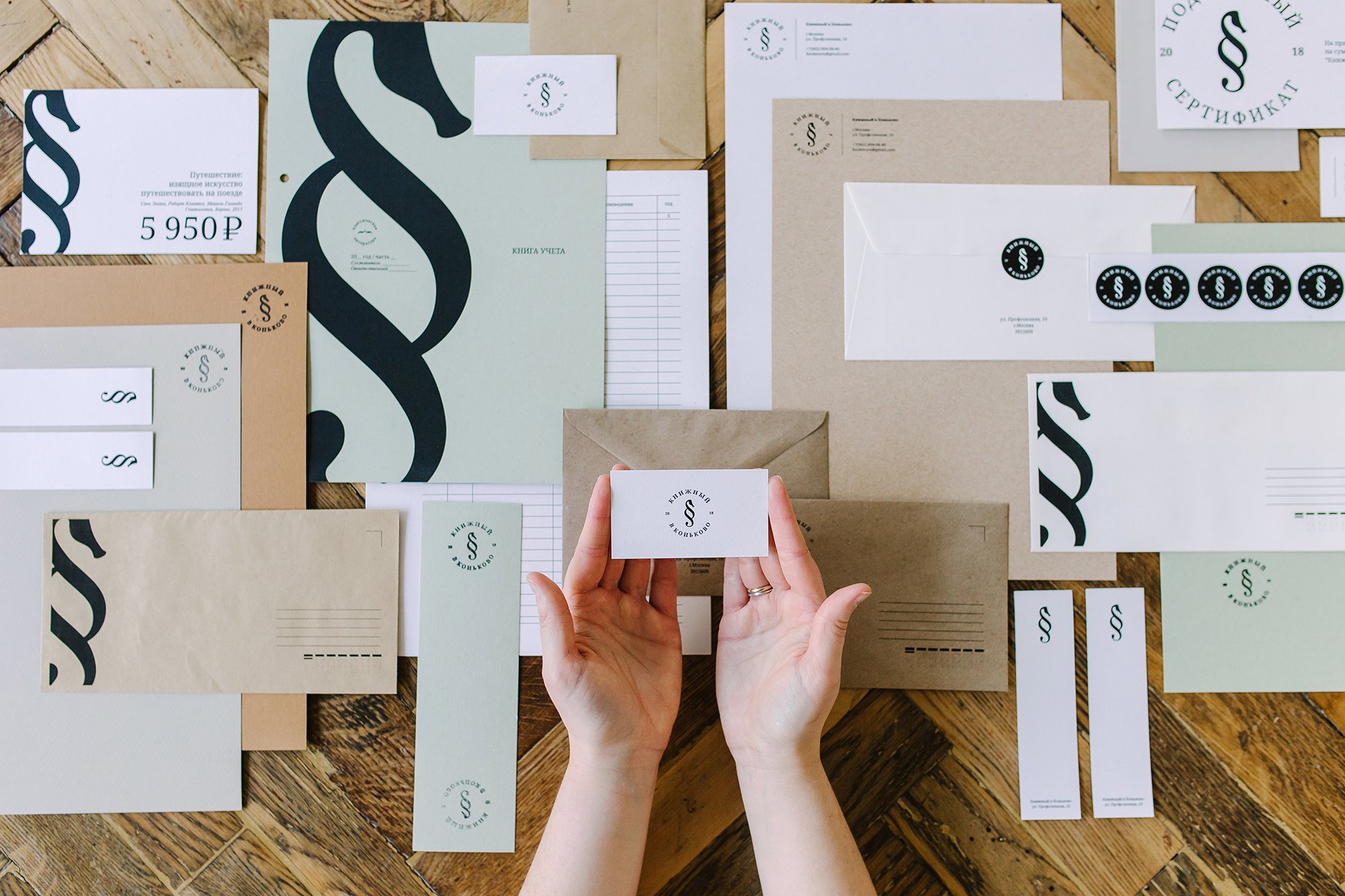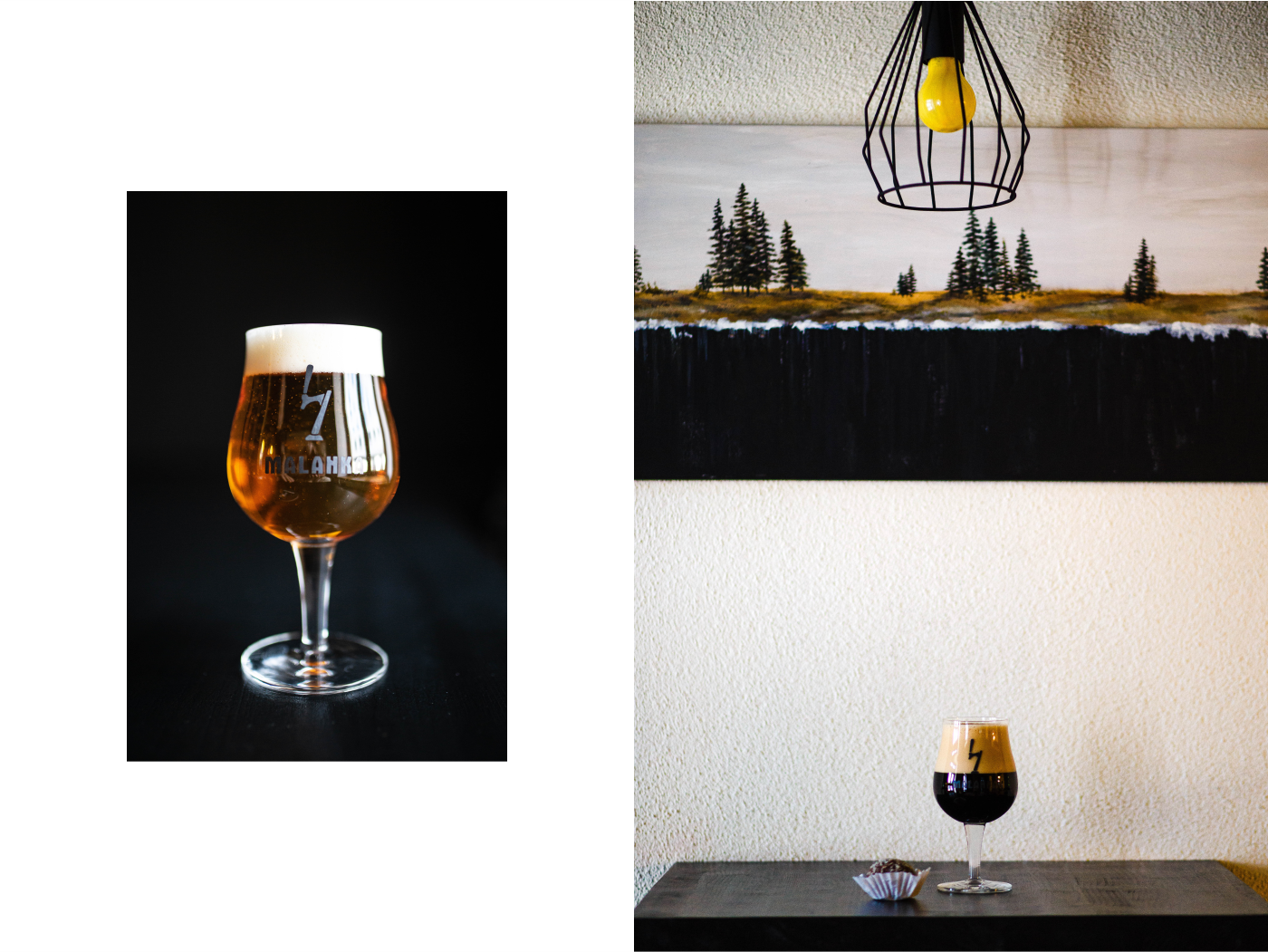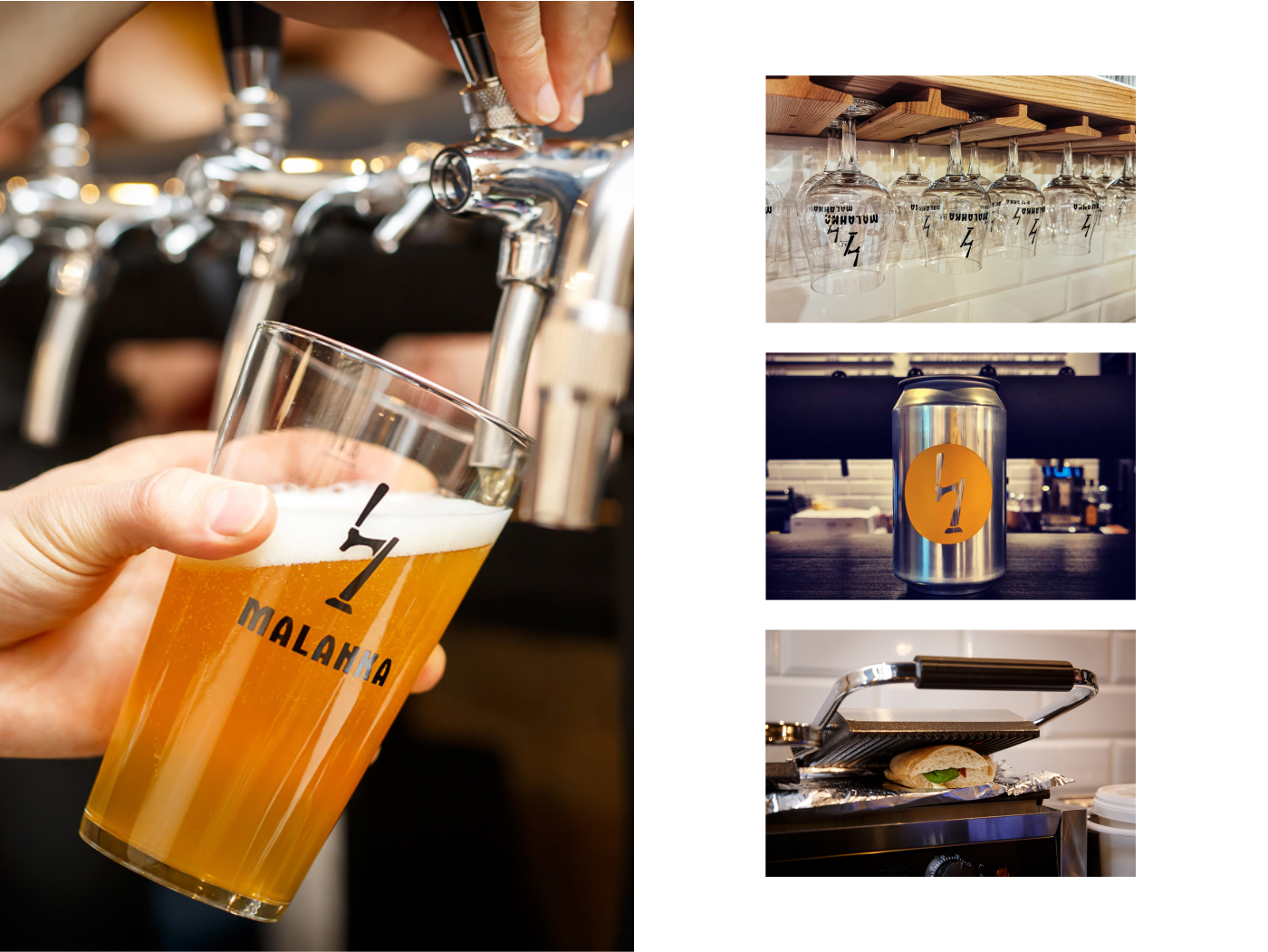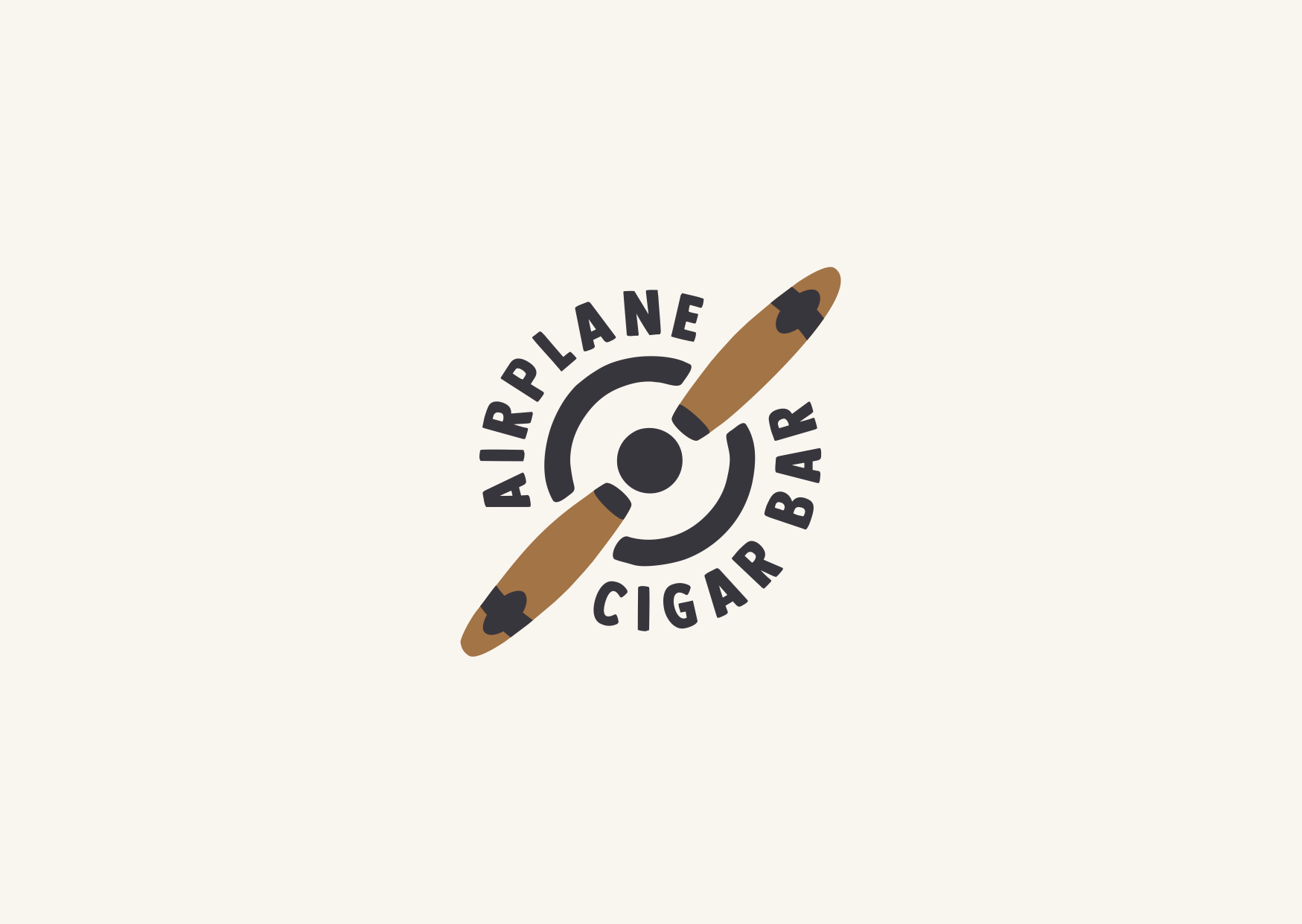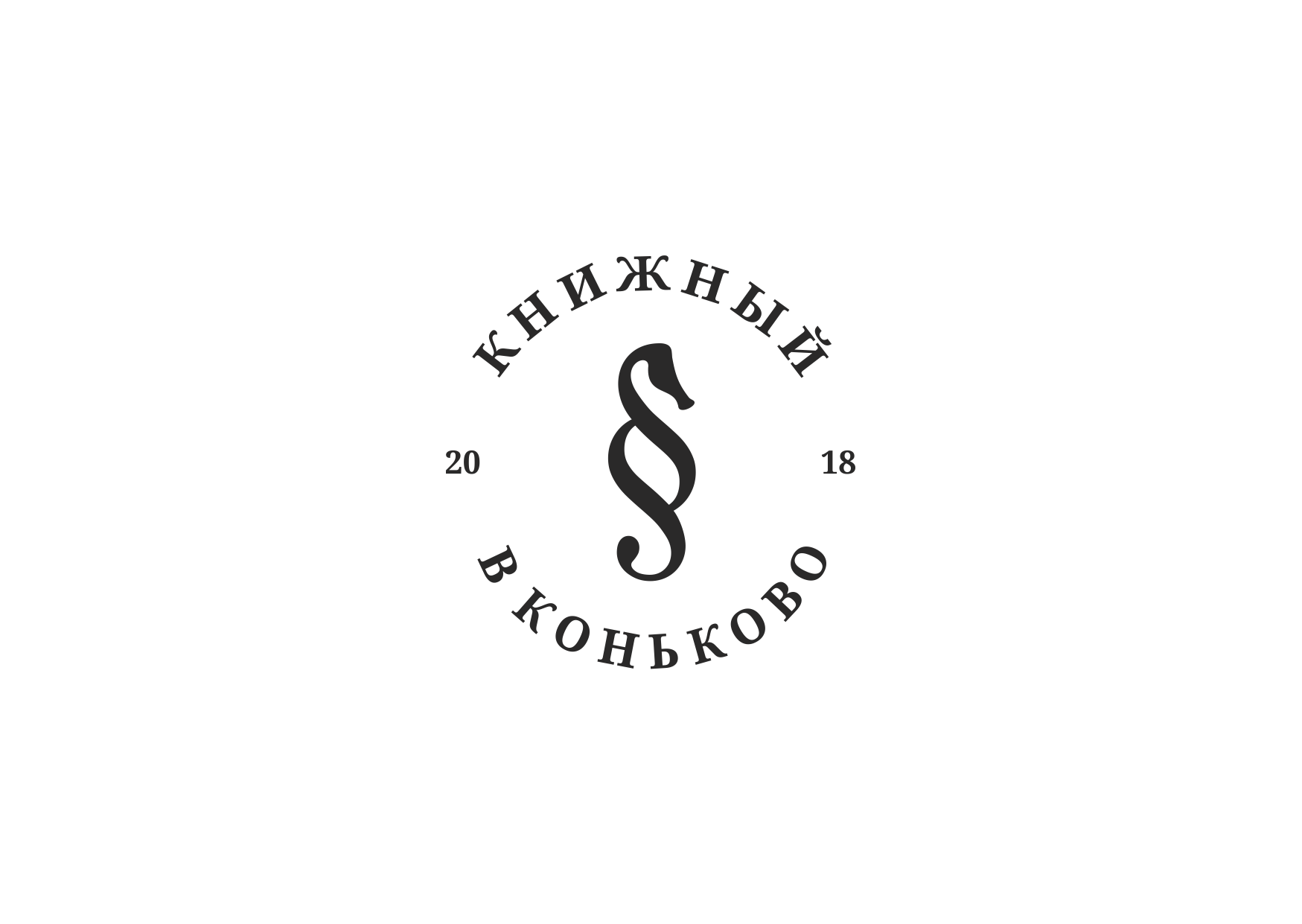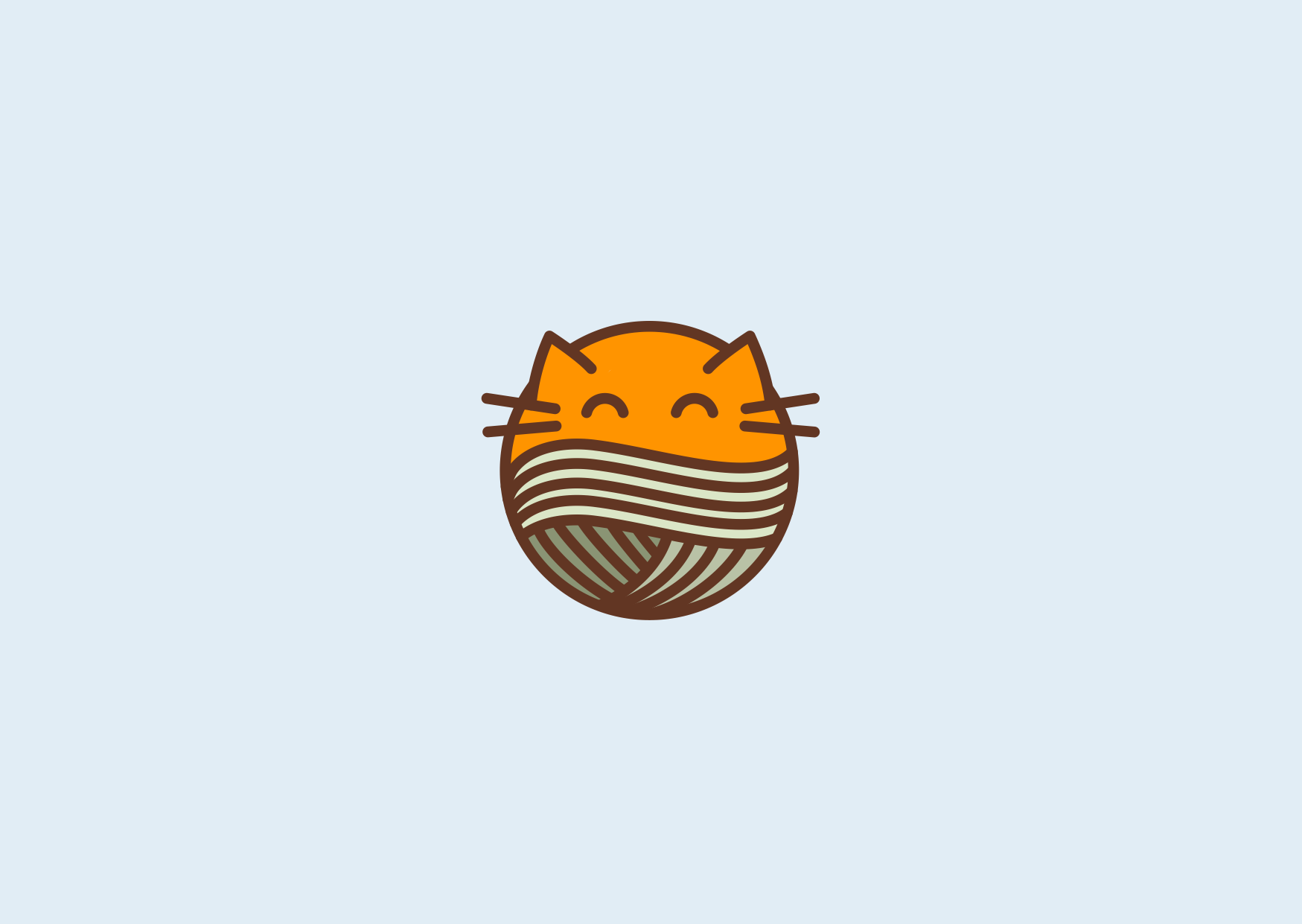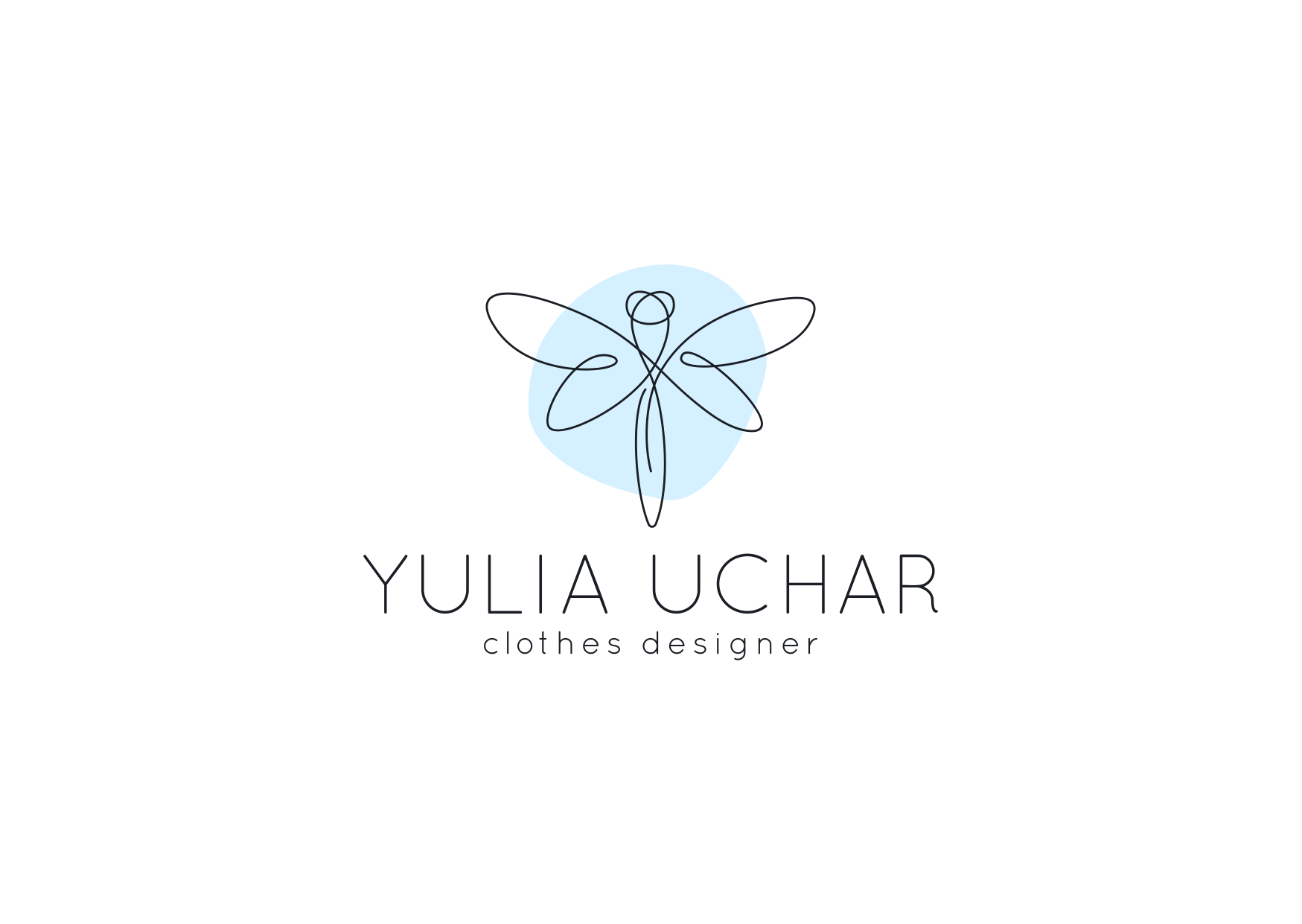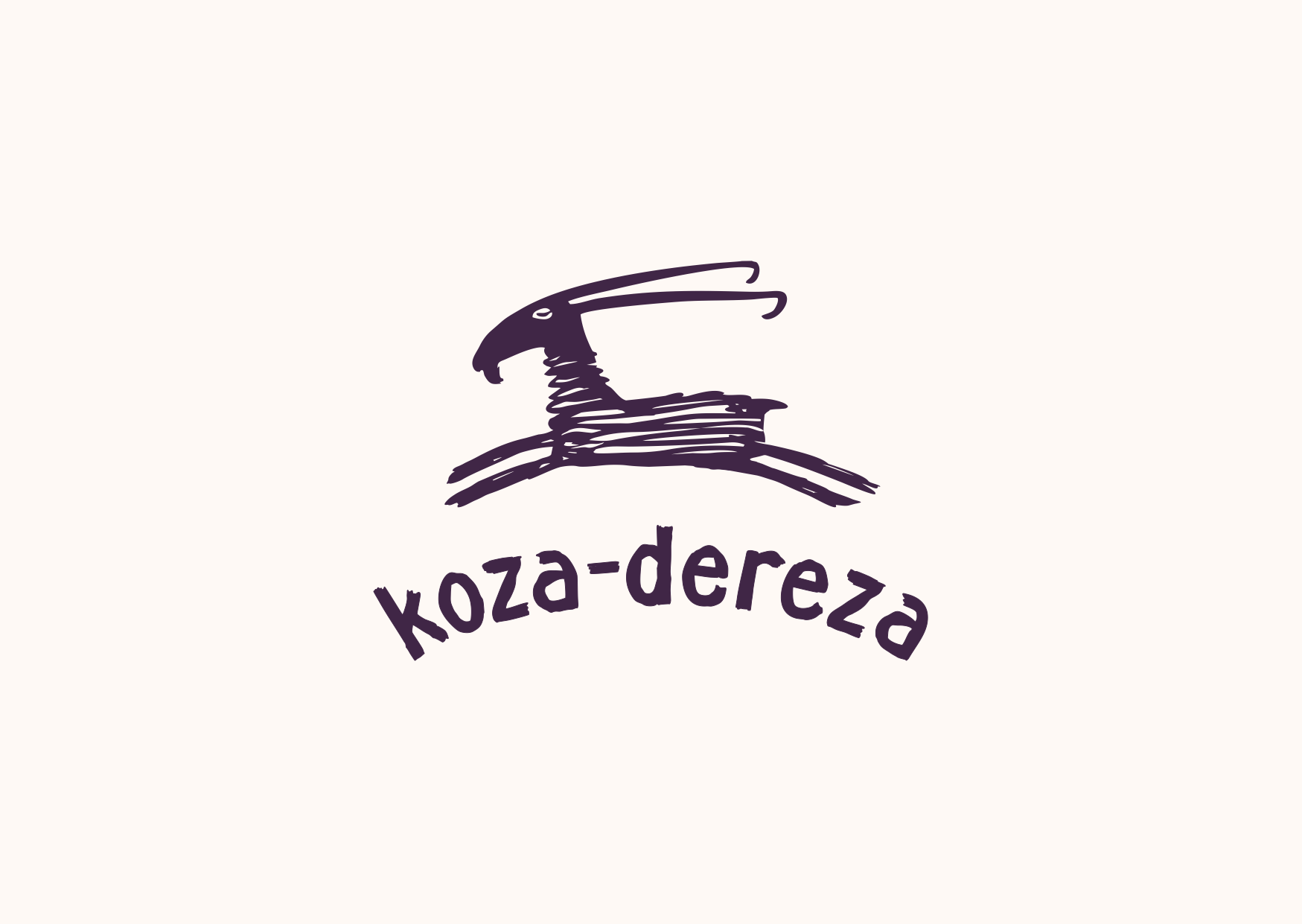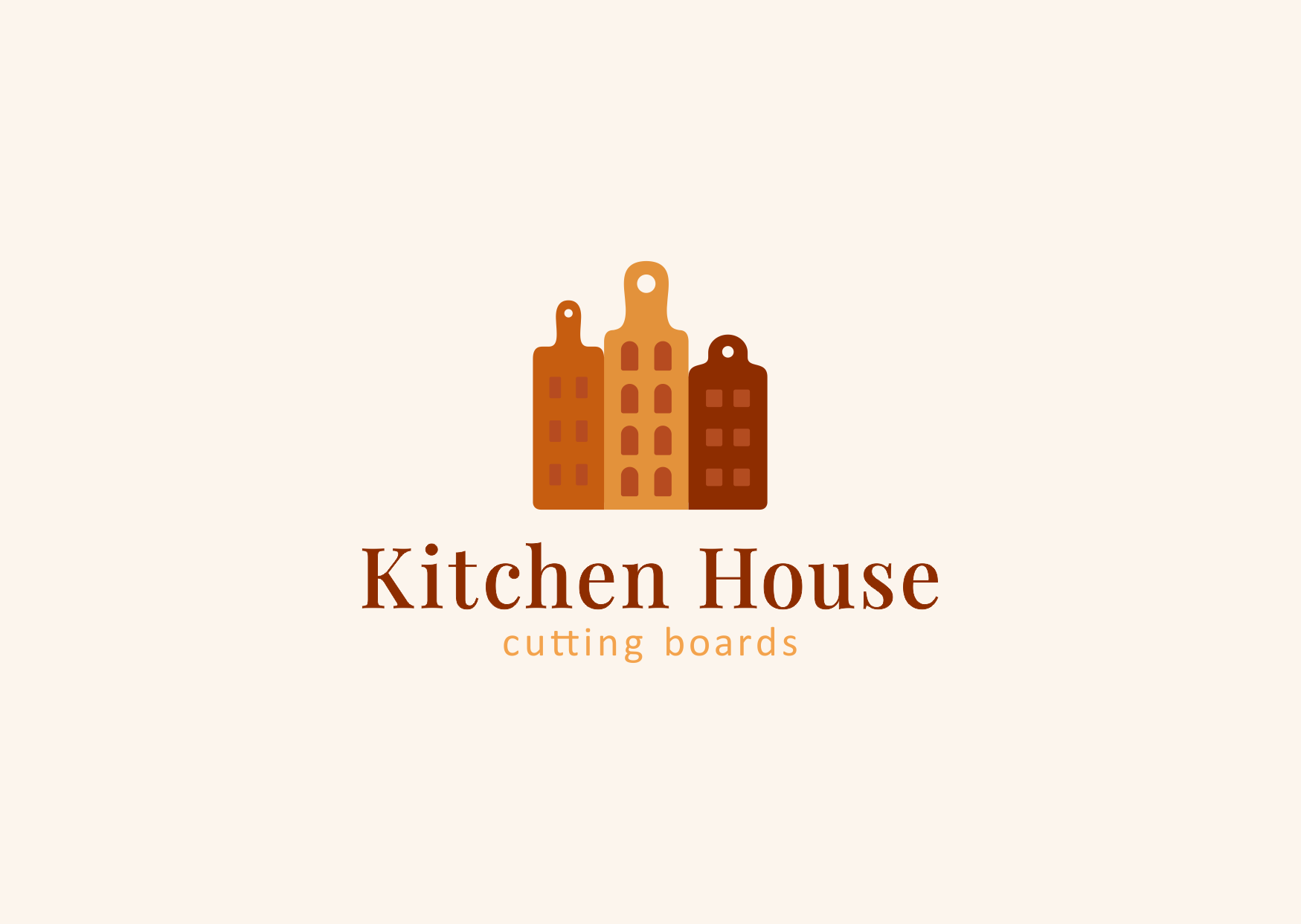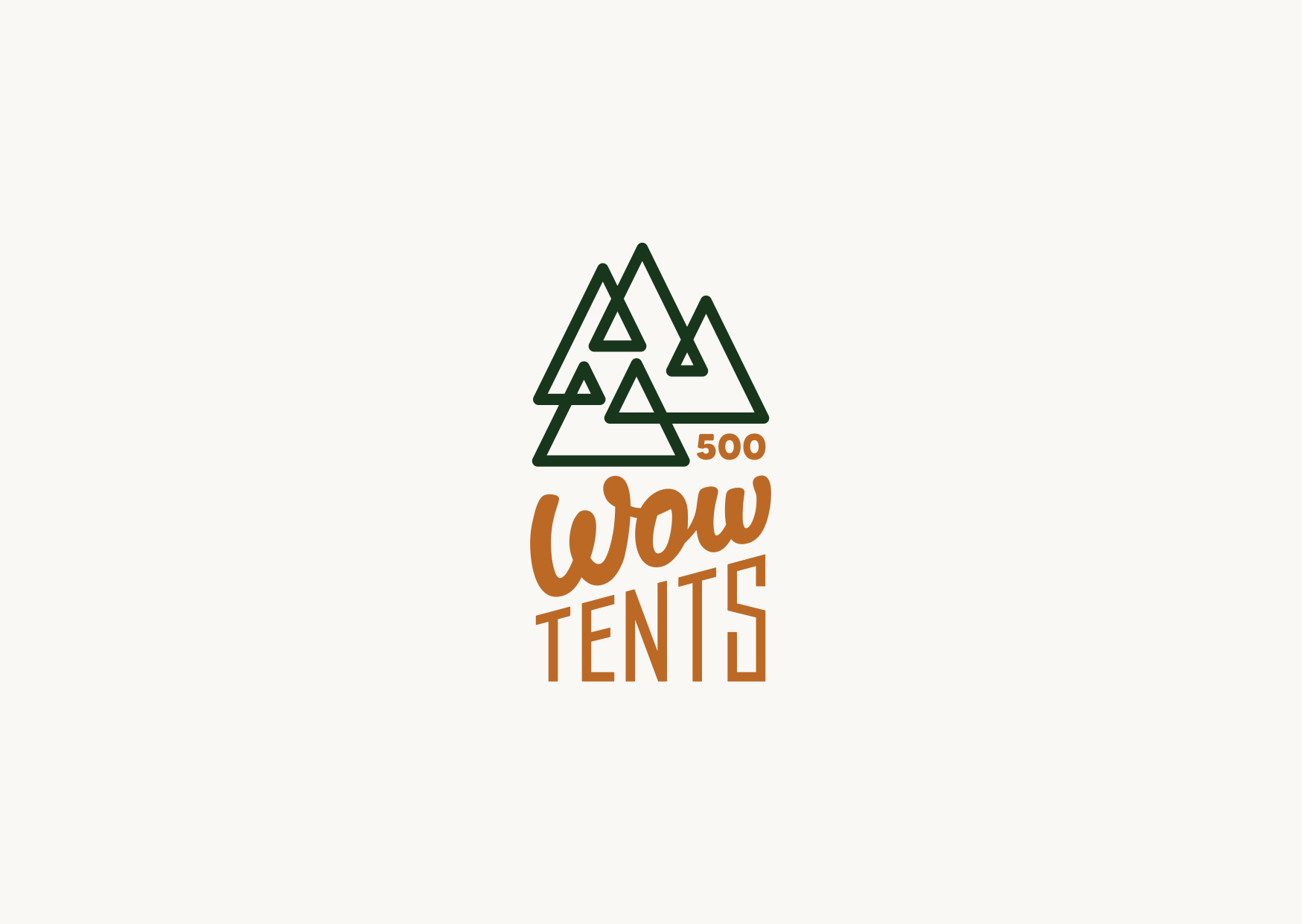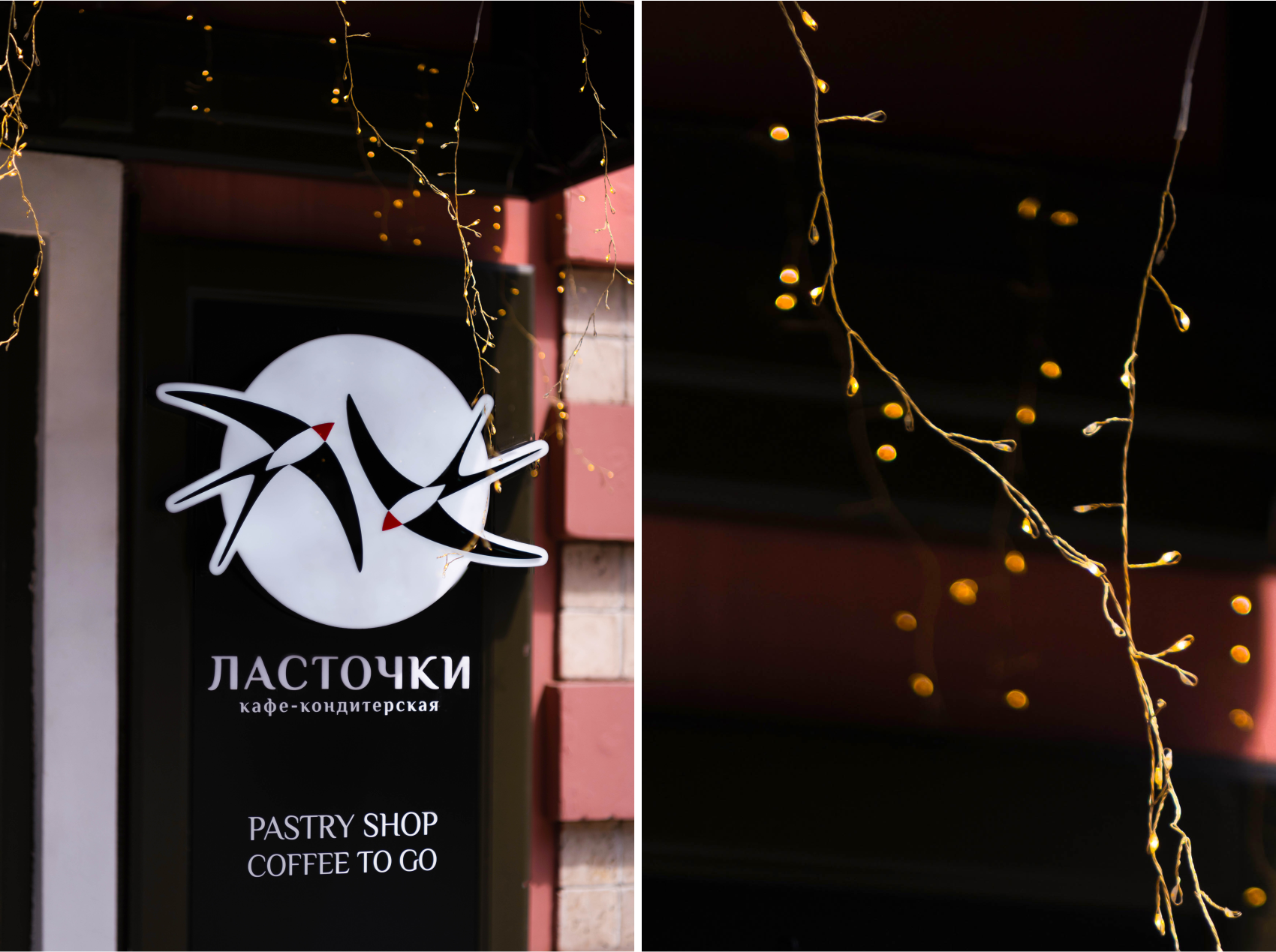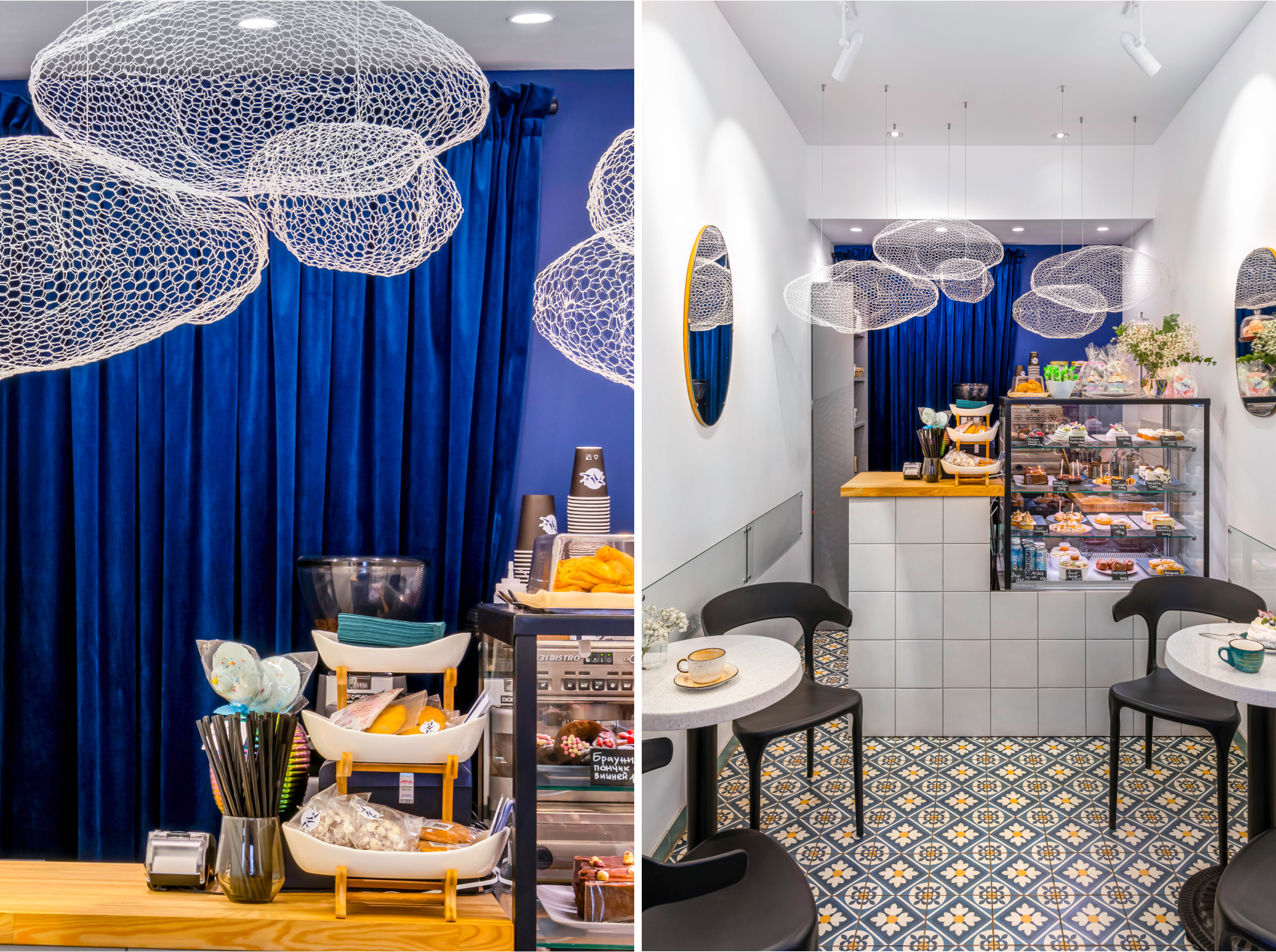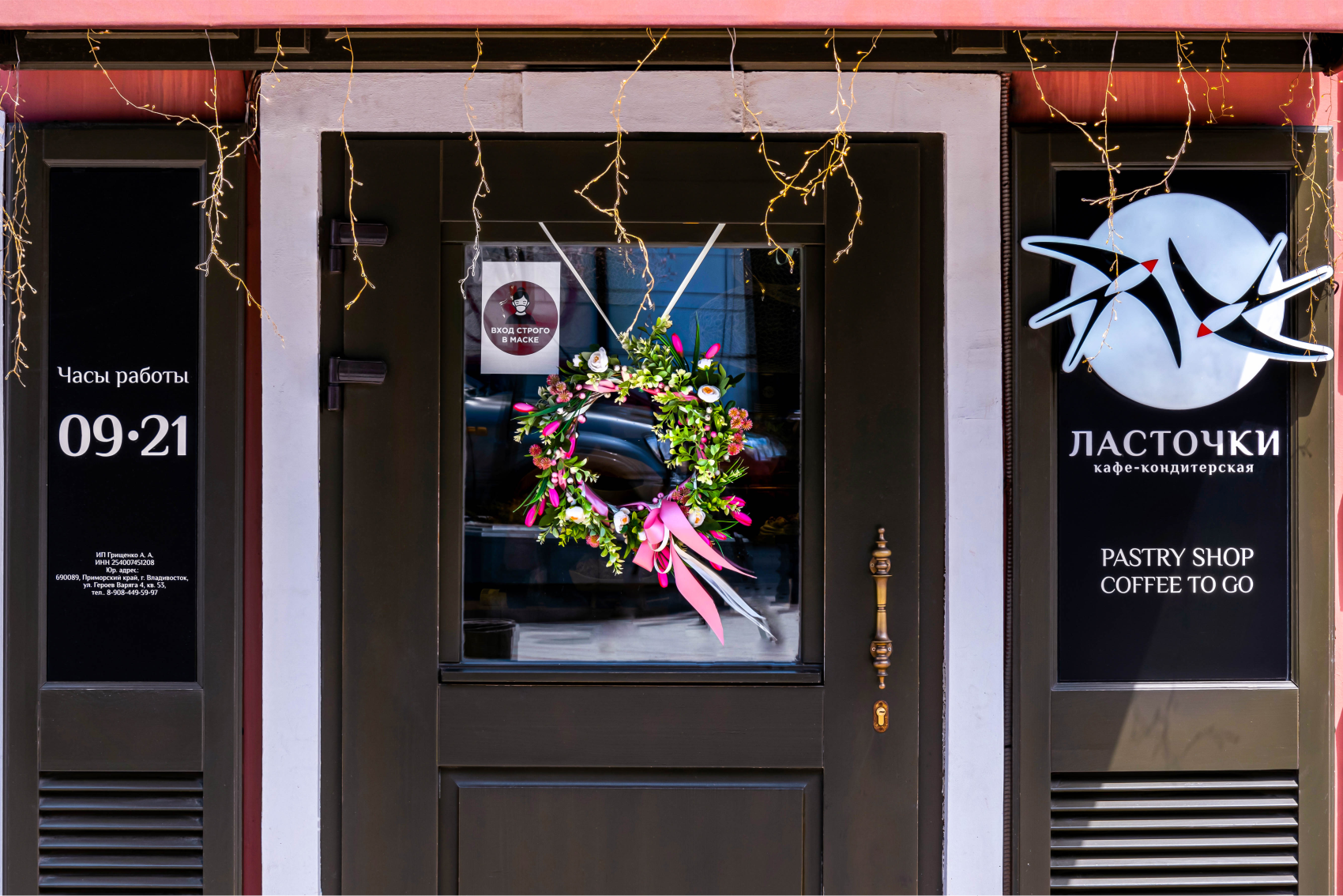Why You Should Not Be Afraid To Start Over
An Interview with Anastasia Kurilenko
Anastasia Kurilenko is a Minsk-based logo designer who works with clients from all over the world. In the interview, Anastasia shares some information about Belarusian design, talks about logo design and gives some advice to designers thinking of getting into freelancing.
We’ve been more than a year into the pandemic. How are you holding up? How has COVID-19 affected your life and work?
Yes, more than a year has passed… Everything was scary at first, of course. I was afraid of the unknown and getting sick. Then, in December 2020 just before New Year, my husband and I still got infected. To be honest, having survived the virus with a symptomatic course made me calmer. When they called me and told me I was positive, it became a little easier for me mentally. Once recovered, I would stop shying away from and being afraid of everybody. It’s psychology. After a year of isolation, you’re afraid of people and you’re scared to go out – or to visit public spaces. One of the unpleasant consequences of the virus is that the room smells like cigarettes even if the air is clean. In terms of work, as I am a freelancer working from home, my life hasn’t really changed. To my surprise, I received quite a few logo design commissions. As my husband’s company sent the entire team off to work remotely, we had to get used to each other in our home office. Luckily, we’d managed to tolerate each other, and a year later we began to understand everything clearly. We’re still working from home… I’d say COVID has taught us a lot: first and foremost, to appreciate what we have.
Anastasia Kurilenko
It’s great to hear that you have managed to make it work… Now I would like to ask you about the very beginning. How did your interest in design develop?
I’m from a post-Soviet country where, in the early 2000s, the once-foreign word ‘design’ began to appear. I attended a primary school with an art specialization where many of us dreamt of becoming designers. At first, I wanted to be an interior designer, then a landscape architect. As my school had an architectural and artistic profile, I couldn’t imagine myself in any other profession other than design. Well, I also dreamt of becoming an archaeologist, but that remained a dream. I love history, but I hate memorizing things.
You graduated from the Belarusian State University with a degree in communication design. How much did your school and your studies prepare you for the real world?
The university taught me how to work with my head and hands. In addition to drawing and sketching, we assembled and glued models. The fundamentals of design were presented to us from a philosophical point of view. We were taught to delve deeper into problems and go over many options to find solutions and not to be afraid to do something wrong, redo things, and, if necessary, return to the original version if that was still the best. After all, this is the only way to stimulate your brain and develop skills. At university, we drew a lot, prepared for exams, and left things to the very last moment just like how every student would do. I still fear the last moments, so I try to do a little bit of work every day to be fully prepared for the delivery of a project. For my thesis project, I chose the topic of barrier-free environments and designed the interior and exterior of a railroad train. Back then, I thought that the development of a logo and corporate identity was the simplest, and most boring and frivolous thing to do.
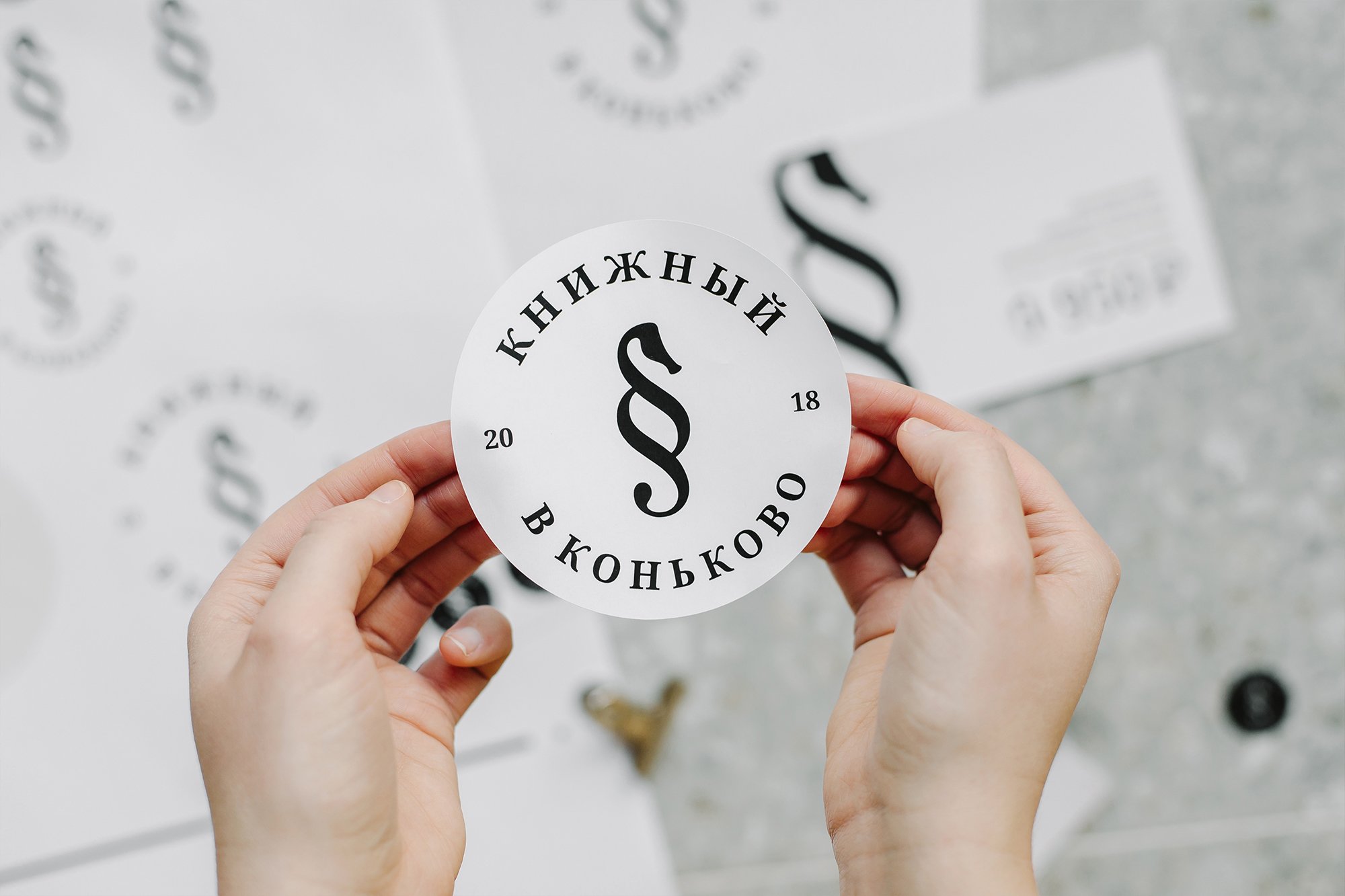
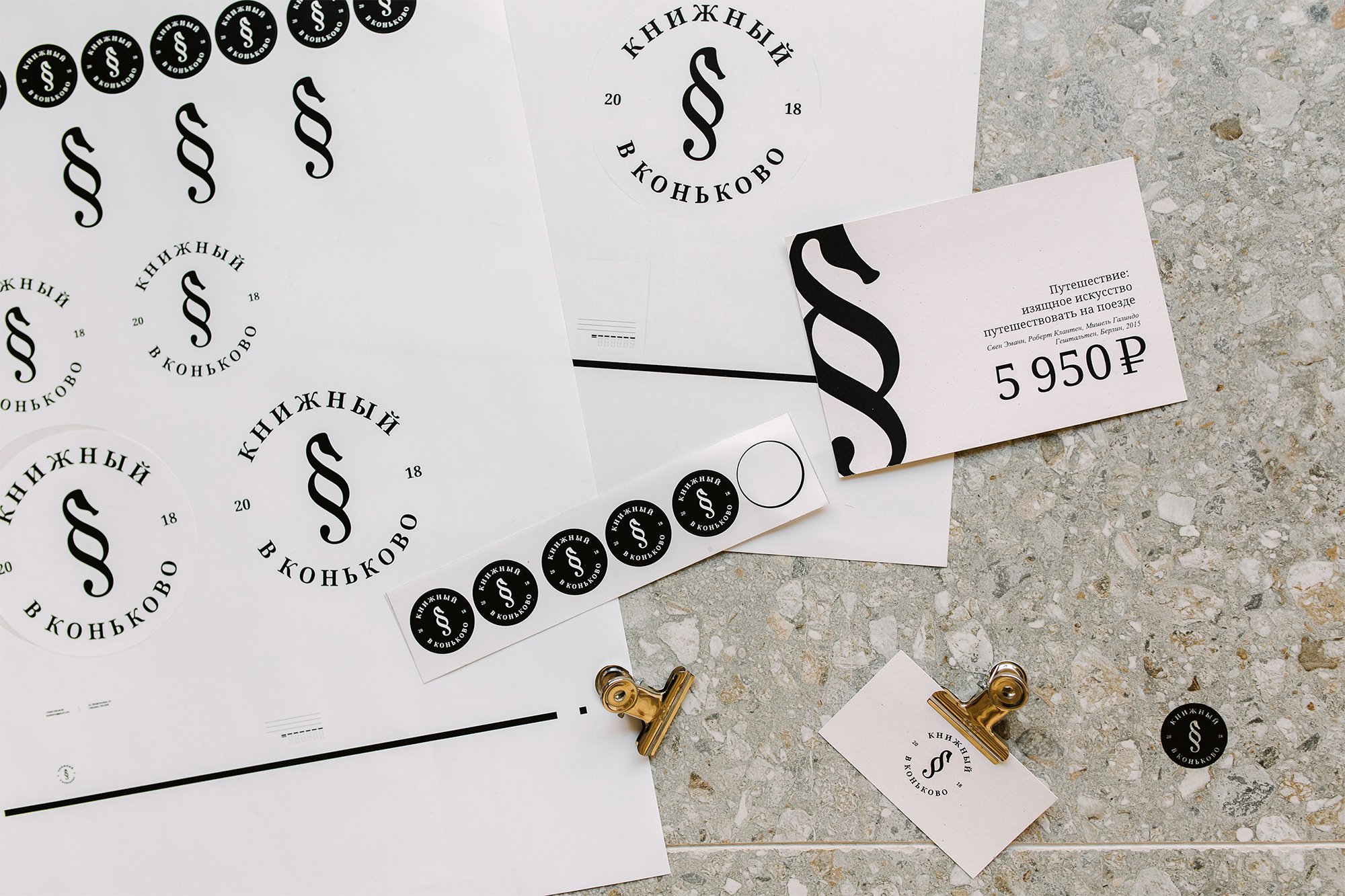

What are some of the challenges and opportunities you and designers of your generation in Belarus have?
As probably in any post-Soviet country, clients don’t necessarily trust designers. They try to impose their own ideas on them, which might not be the best ideas ever and can even ruin projects. Not to mention that designers don’t just want to do what they are told to do! The members of my generation have yet to learn how to deal with clients who don’t allow designers to present their ideas and showcase their creativity. Also, clients are reluctant to go to meetings sometimes. Tens of years must probably pass until clients and designers learn to trust each other. Despite the challenges, I am incredibly glad that I live now, with access to the Internet and opportunities to work with clients from all over the world. The downside is that with lots of opportunities come a lot of designers and the heaps of information available may lead to the devaluation of the designer’s work to some extent. I’d also add that many designers simply follow trends, meaning only imitate each other. It’s horrible. I believe if you’re a designer, you should create something interesting and tasteful and express yourself through your art.
Belarus has been in the news a lot lately, so even those who have never heard about the country before know at least something about it now. But what should everybody know about Belarusian design?
There are a lot of talented people in my country, but they don’t know how to present themselves and their work. It seems to me that everyone is sitting in their workshops, working quietly for themselves. They are shy or don’t consider it necessary to enter the world arena and showcase their work. Somehow it’s not customary for us to talk about our achievements. That being said, designers such as Lesha Limonov, Denis Serebryakov and Vladimir Tsesler have appeared on the world stage. For example, even during Soviet times, Tsesler’s art studio was known all over the world. Tsesler and Sergey Voichenko’s “Century Project: Twelve from the XX”, in which 12 of the most significant artists of the 20th century are presented in the form of eggs, is still celebrated as one of the most ingenious sculptural installations in the world. Also, in the 1920s Kazimir Malevich founded an avant-garde art association under the name UNOVIS in the city of Vitebsk. Unfortunately, UNOVIS did not last long, but his activity became a milestone in the history of the avant-garde.
After finishing your studies, you worked as an in-house designer. Since 2016, you’ve been freelancing. What motivated you to go freelance? Was it an easy transition?
The bosses began to annoy me, or rather my ambition started to grow. More often than not, my opinion did not coincide with my bosses’ opinions. I felt offended that during my best years I was doing some uninteresting things. So I decided to change my life. I spent a couple of months at my parent’s house focusing on my health, then in January 2016 I came back to Minsk and started freelancing. I faced some difficulties in the beginning: I refused to show the world my portfolio as there was nothing to see there. I didn’t feel proud of the designs made during my studies. I wanted to burn and forget all of my previous designs actually.
This meant I had to start from scratch. Initially, I worked on what I was familiar with, so print design and retouching and designed wedding invitations simultaneously. After a while, I started to burn out and realized that these jobs were not for me. While I put a lot of effort and energy into my print design projects, those were only for one-time use. Not to mention, I was annoyed by the requests of making leaflets from scratch. Often clients provided nothing, no text, no photos of the products, and they didn’t understand that those elements were actually essential to my work. One time a client came to me for a booklet design. Everything seemed great. There was something to work on, but I recognised the logo they apparently ordered from an unscrupulous designer. I saw it on a website for free-to-use stock logos. I ignored that and designed the booklet anyway. I think I did a good job. The client was delighted and asked for my opinion on the logo. Then I decided to be honest with them and told him the truth. This is how I got my first serious job in logo design, which encouraged me to move in this direction.
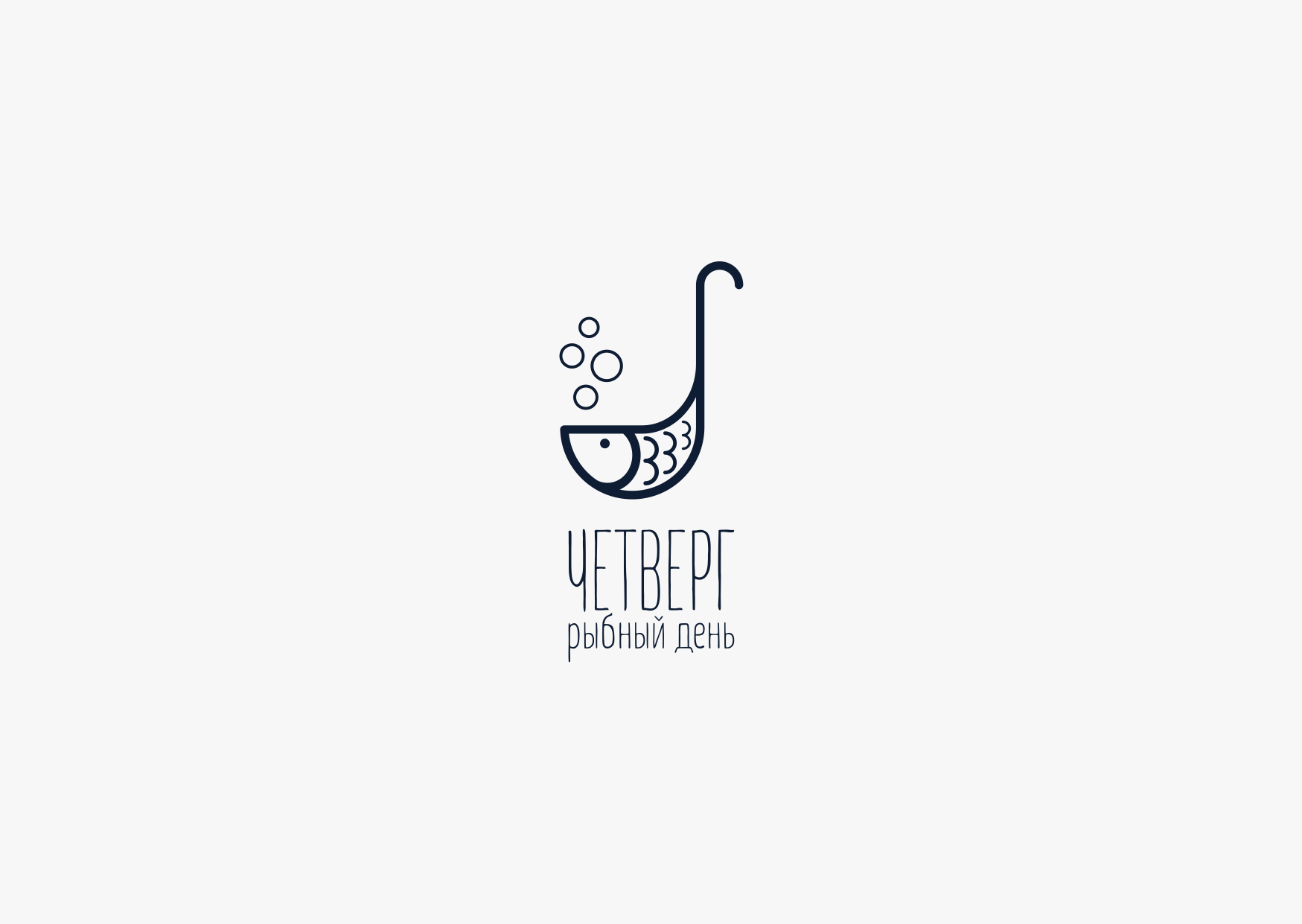
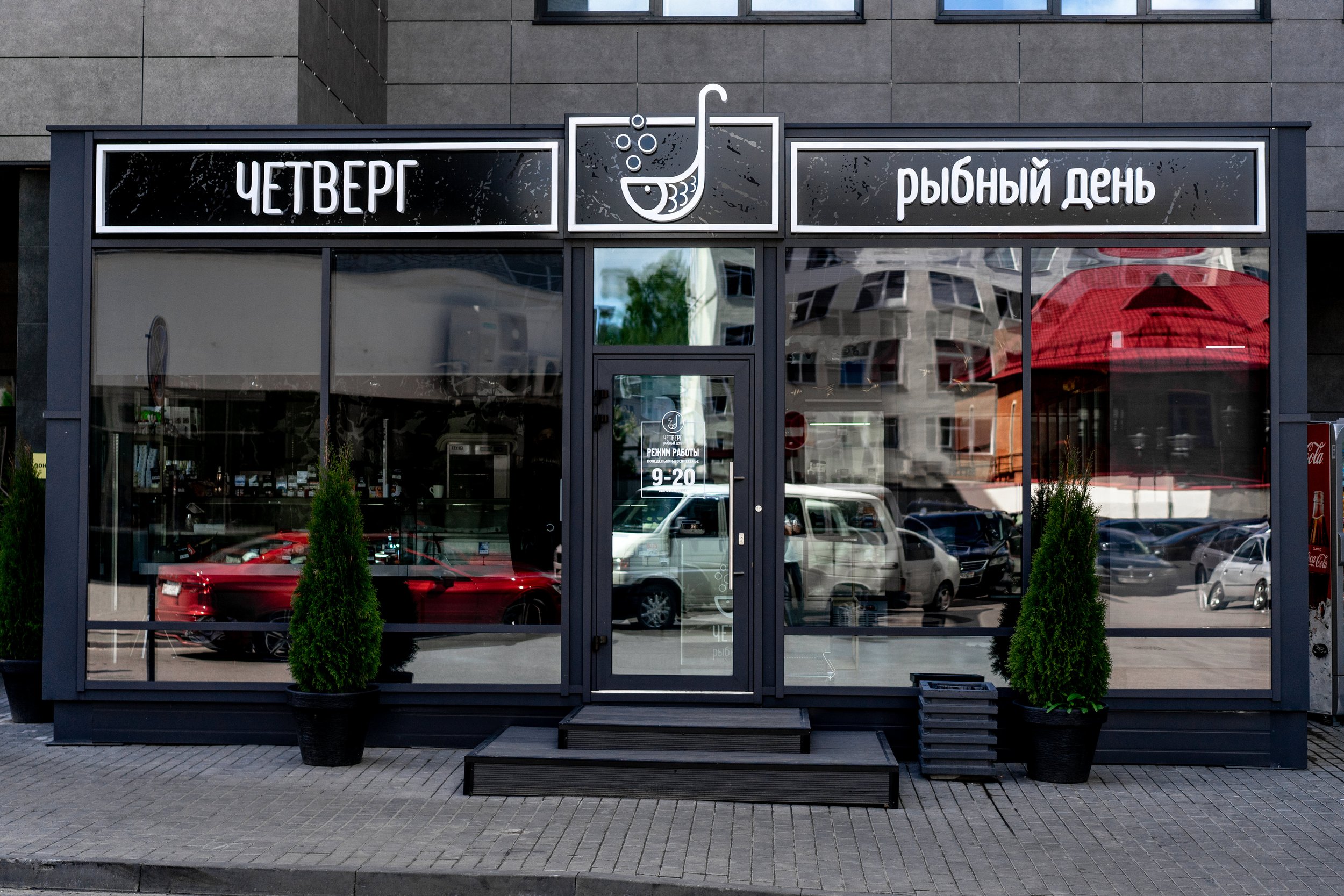
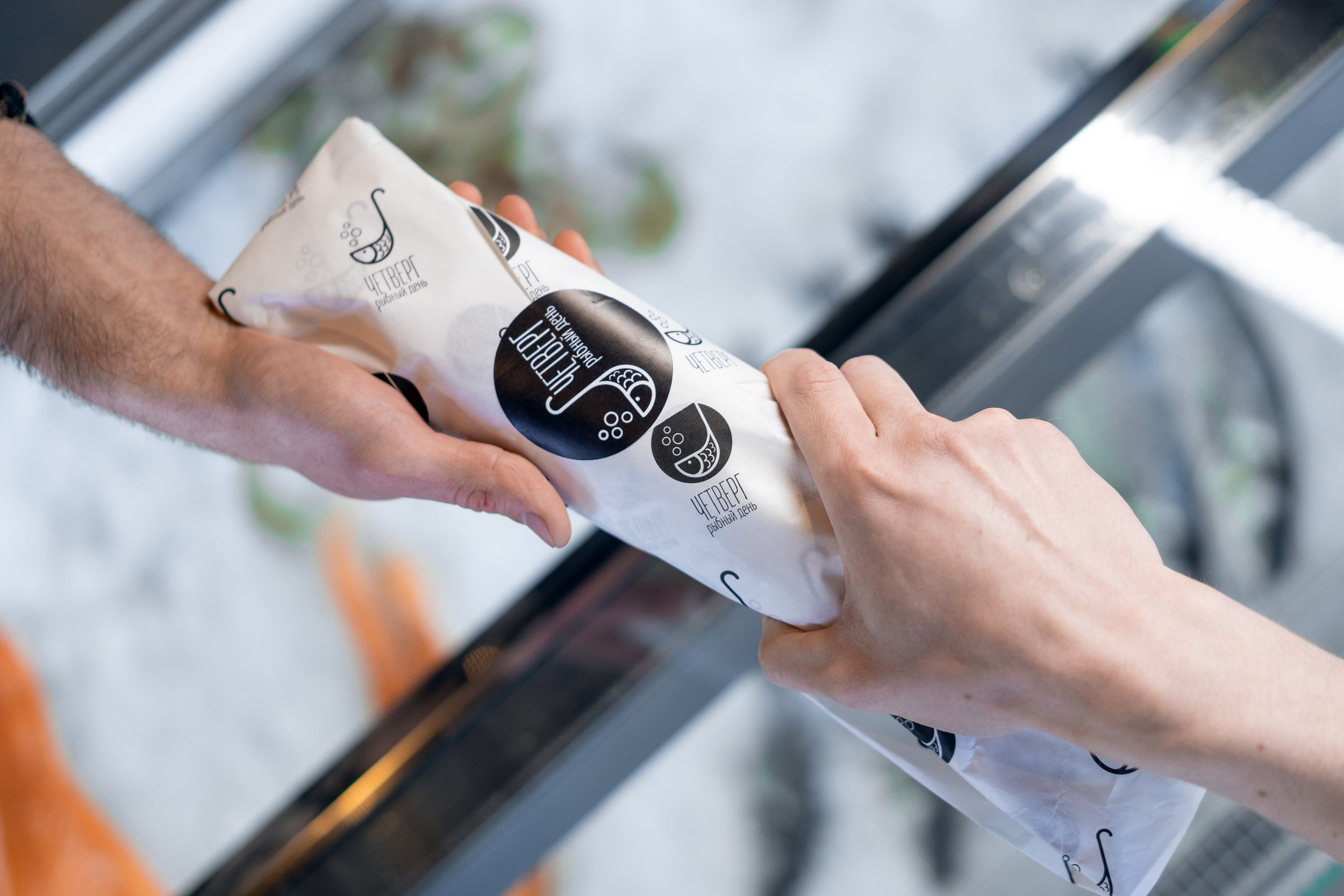
Your story also shows that starting a freelancing career can come with some challenges. What advice would you give to designers thinking of getting into freelancing?
First, I’d say work on your portfolio. Although I worked on a project for a cleaning company and completed some projects during my studies, I didn’t really have a portfolio. I explored various directions, but I wouldn’t show most of it to anybody. I needed about three years as a freelancer to build up a portfolio I was not ashamed to show to potential clients. My second piece of advice would be not to care much about trends and what is in fashion but learn the basics. After all, if you think about it, fashion is cyclical. So, study history, styles, directions! For example, font logos are gaining popularity, but for most designers they are mediocre and thoughtlessly drawn. It’s always helpful to read literature, or even better, to learn from good type designers. I myself have come to the conclusion that it is time for me to learn again. I hate it very much, but I understand that it’s necessary.
You briefly touched upon the relationship between designers and clients before, and it’s safe to say that in some countries designers still need to educate clients about why design matters. You work with a variety of clients from all over the world. What main differences do you see between them, if any?
I don’t want to offend anyone, so I would put it this way: I don’t notice much difference between clients from different countries. Everyone wants to get a high quality, beautiful product.
You’ve created logos and identities for schools, bookstores, cleaning companies, restaurants, etc. Do you have any preference regarding industries and sectors?
Yes, I really love the food service industry and hospitality industry and I enjoy working on projects commissioned by pastry shops, grocery stores, restaurants, cafes and everything related to nature such as camping, hotels, etc.
What do you usually consider when deciding on whether or not to accept a project request?
I ask myself ‘will the client understand me?’ I used to take on every project that came my way. Sometimes it went well, sometimes it didn’t. Actually, this is how my portfolio and my vision developed. Nowadays, if a project doesn’t suit me in terms of style, I just decline the request, tell them that it’s not my style, and recommend a colleague of mine who would be better for the job.
On your Behance profile, you walk us through the process of how you’ve developed some of your logos: you present the brief, share what decisions you made, the problems you needed to solve, and show how you proceeded. What do you consider the most challenging and/or exciting project you’ve ever worked on and why?
Probably every project is complicated in its own way. It happened that they approved the logo design quickly but had problems with the corporate identity. Sometimes it’s the other way around. Also, when they order a corporate identity from you, sometimes you have to print the layout and assemble the pieces. Or if it’s packaging, you need to glue it by hand to understand how you can improve it and how it would look in real life. For example, I’m currently working on a really complex project. It’s a logo and corporate identity for a coffee company. The client approved the logo immediately but asked me to work more on the identity. I devoted seven days only to this project, from 6 a.m to midnight. I find this project really exciting. I like working with clients from different time zones. I once had one project where it was necessary to make adjustments as soon as it was possible. I had to change my routine and work at night so I’d be available during the client’s office hours. I would sleep during the day.
What are the characteristics of a good logo/identity?
Perhaps if it shows harmony: harmony between the image, the message, the product and the audience. I’d also mention uniqueness and aesthetics.
You’ve just mentioned that you sometimes have to work with clients from different time zones. What kind of routine do you follow when working, if any of course?
For 10 years or so, I have vehemently been trying to convince everyone that I am a morning person – that I like to wake up at 7 in the morning. But who am I kidding? I’m a night owl. I’d like to start working at 7 a.m., but it still happens only rarely. (I must add that I hate getting up at lunchtime.) Nonetheless, at around 7 p.m., I get a second wind and I’m ready to work even until midnight. That being said, every evening I dream of getting up at 7 a.m. the next day. It seems to be my never-ending struggle…
You may succeed in the future! It sounds like you don’t have much free time, or maybe just a little bit. Do you have the time to work on passion projects?
I’ve recently arrived at a turning point. I used to love to design logos for myself, but 2020 changed everything. Many interesting projects began to appear on my horizon, and I simply did not have the time or the desire to work on something for myself. Yes, despite all its upheavals, 2020 brought me a lot of work. One thing I can say for sure is that you should not get too carried away with designs for fictional projects. In 2017, 80 per cent of my portfolio consisted of fictional projects. When potential clients started contacting me, they wanted something I showed in my portfolio. But it turned out they didn’t like such bold ideas at all. In the end, all of them opted for something very simple. For this reason, I try to devote more time to real projects nowadays. I still do work on passion projects when I come across an interesting competition or if I have a strong desire to create something.
What are you working on right now?
I have four projects: a logo and corporate identity for a coffee company, and a logo for a small pet accessory brand.
What are your plans?
In the near future, I plan to continue my training in font development. I want to learn how to design good typography. More often the client wants a text logo, and you need to learn how to make it beautifully – in a way that it shows quality. I want to work on illustrations, to develop my own style: I love wide strokes and bright colours. And I also want to master animation some day, but this is just a distant plan right now.


